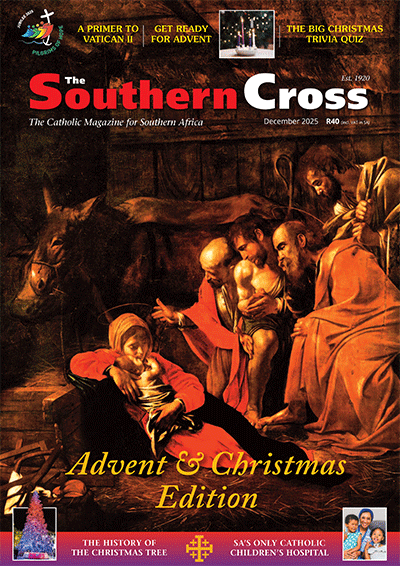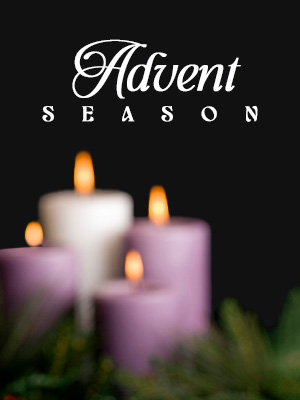Setting faith to music
Fifty years ago this year one of the most remarkable non-classical Catholic albums was recorded: jazz legend Mary Lou Williams� Black Christ of the Andes. As the title suggests, the album was dedicated to St Martin de Porres, with the Peruvian saint honoured in a six-and-a-half minute a cappella jazz hymn of extraordinary innovation, with simple yet profound lyrics written by Williams� confessor, Jesuit Father Anthony Wood.
The album, released in 1964, was the product of a spiritual journey which Williams had begun a decade earlier, when the great jazz musician came out of a Paris club where she had been playing, disillusioned with the sins of the world. It was a visit to a church in Paris around the time that persuaded the always generous and sensitive musician to give her life to God.
The beginning of her spiritual quest put on a brief hiatus the astonishing career of a principal female pioneer in jazz. Born in 1910 in Atlanta as Mary Scruggs, she played with the great Duke Ellington at the age of 15. The same year, 1925, she was jamming at Harlem�s Rhythm Club when Louis Armstrong came in. He listened to the young girl on the piano, picked her up and gave her a kiss.
An accomplished jazz singer, pianist, composer and arranger, Mary Lou Williams went on to write and arrange for the likes of Ellington, Benny Goodman, Earl Hines and Tommy Dorsey. She also mentored a galaxy of future jazz legends, among them Miles Davis, Charlie Parker, Thelonious Monk, Art Blakey and Dizzy Gillespie.
After finding God, she recorded an album in 1955 and that, she thought, would be it. From here on in Williams would devote her life to God�s work: praying, preaching and doing acts of charity. She first found spiritual refuge in the Abyssinian Baptist Church in Harlem, but it was a nocturnal visit to the nearby Our Lady of Lourdes church which brought her to the Catholic Church.
Williams converted to Catholicism in 1956. Subsequently she to devoted herself to helping addicted musicians, so that they might return to performing.
It was a selfless, immensely generous task, but it posed the question of why Williams herself should not return to performing herself. A coalition of Dizzy Gillespie, his friend Fr John Crowley and Fr Woods persuaded Williams to make music again � or, in the words of Fr Crowley, to �offer your playing up as a prayer for others�.
She recorded a few temporal jazz albums before spending much of the 1960s in the pursuit of producing, as one LP title put it, �Jazz for the Soul�.
In 1968 she composed a Lenten Mass, which had been especially commissioned by the archdiocese of New York, and the following year she travelled to Rome to perform it there. Plans to have it used in a Mass for Pope Paul VI fell through, much to Williams� distress, which was not soothed by its concert performance after a Mass, without the pope.
It was a consolation that the secretary of the Pontifical Council for Justice and Peace, Mgr Joseph Gremillion, provided her with the framework for her third and most famous Mass, a splendid work now commonly known as �Mary Lou�s Mass�, which in 1975 provided the liturgical music to a Mass in New York�s packed St Patrick�s cathedral.
The recording of the mass featured another female jazz pioneer and devout Catholic, Carline Ray, who died this year on July 18 at the age of 88.
But the musical highpoint in Williams� Catholic journey is Black Christ of the Andes.
The album�s best cut, perhaps, is the closing track, �Praise The Lord�, with Williams rapping lyrics inspired by the psalms and by Archbishop Stephen Langton�s 13th century prayer, while saxophonist Budd Johnson is burning hot and the rhythm section drives the beat with holy fervour.
On another track, she invests the 14th century �Anima Christi� prayer (�Anima Christi, sanctifica me. Corpus Christi, salva me. Sanguis Christi, inebria me…�) with a jazz-blues waltz.
The album made an explicit religious statement, but not all songs are in a spiritual vein. The set, for example, includes a version of George and Ira Gershwin�s �It Ain�t Necessarily So� from Porgy and Bess, in which the unsavoury protagonist challenges biblical statements.
And by combining in the album�s title the words �black� and �Christ� � even if they alluded to a 16th century Peruvian saint � Williams made a strong, unambiguous political statement at the height of the civil rights movement in the United States.
But for Williams, the religious, political and secular became one when they were performed with and for God. And when you name the album in honour of a Catholic saint, even a tune referring to the jazz-loving heiress Doris Duke can serve to �offer up a prayer for others�.
Mary Lou Williams died at the age of 71 on May 28, 1981, after a two-year battle with cancer. Her funeral Mass was held at St Ignatius of Loyola church in New York. Dizzy Gillespie played, and portions of �Mary Lou�s Mass� formed part of the liturgy.
- Shrines Around the World: Our Lady of Guadalupe - December 12, 2025
- The Chosen’s Mother Mary: I loved washing Jesus’ hair - December 5, 2025
- Book Review: Benedict, Baltimore and the Barbary Pirates - December 4, 2025







